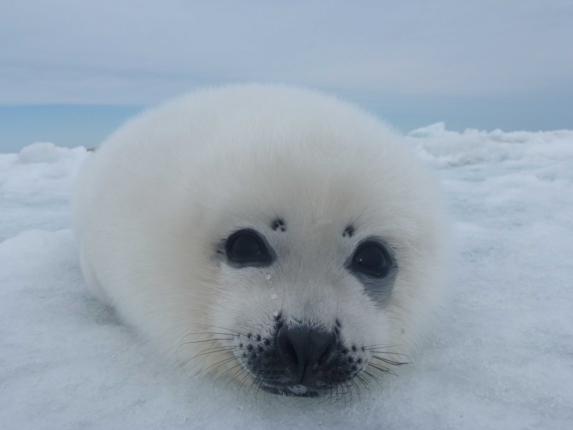
Fur Factory Farming & The Case for Cruelty-Free Living

The hunting of animals for fur can be traced back to the Stone Age, and potentially before that lost in the prehistory of humanity. As mysterious as the practices of early man are we can speculate that the wearing of fur was a byproduct of hunting for food.
Making good use of all parts of the animal was a respectful practice and fur was ideal to protect against harsh weather conditions, quite a contrast compared to today’s standards.
During these early times man lived at one with nature, not viewing themselves as separate from their environment but as an integral part of a vast living ecosystem. The rituals that accompanied hunting and feasts played an integral role in their lives, allowing for a balanced relationship with their fellow creatures, physically and spiritually. Their practices were certainly performed with a sense of humility and respect for the animals that provided basic necessities for their existence.
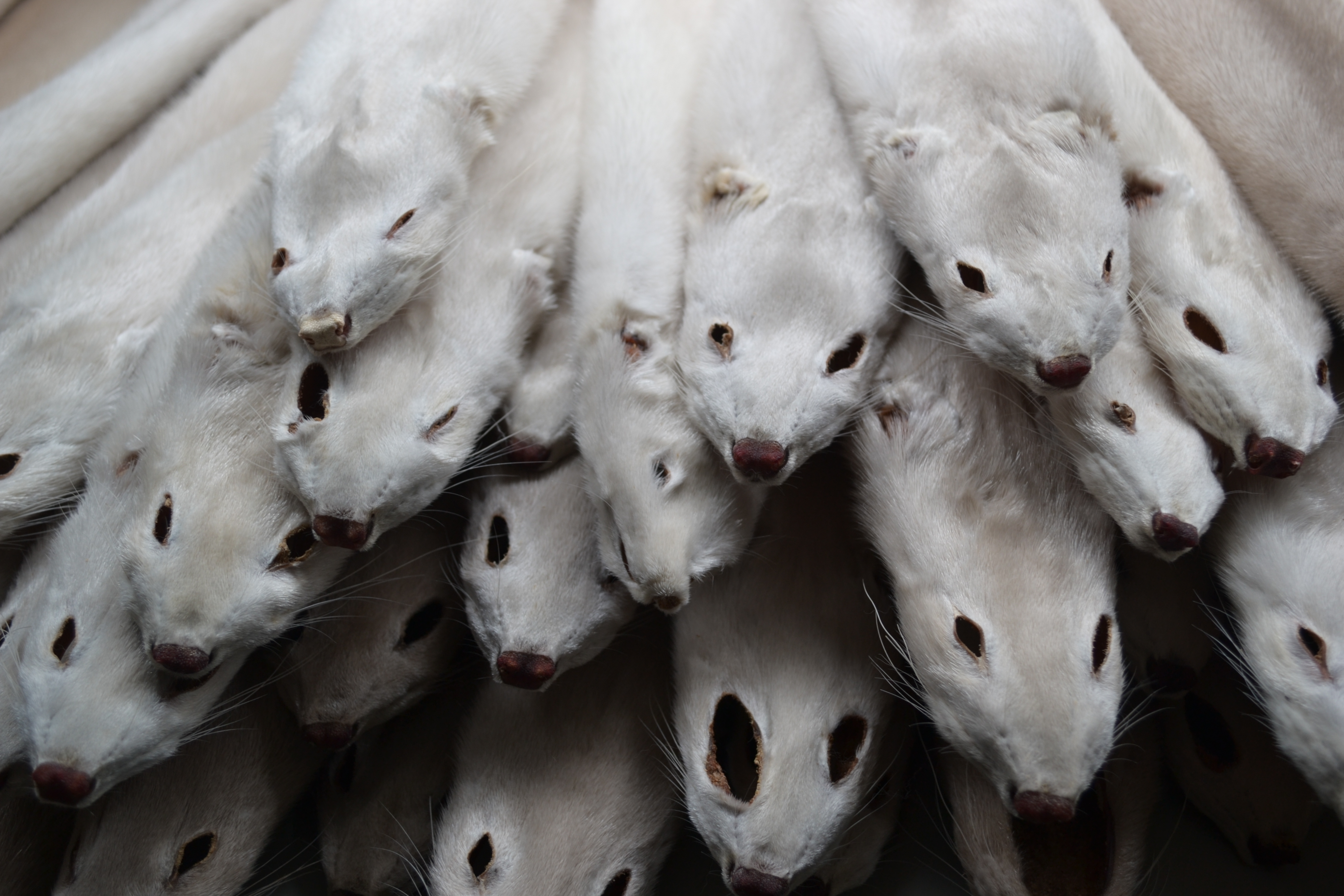
As populations grew larger and humanity pushed toward industrialization and globalization a rift between man and the natural would became prominent. Selfish man would develop a world view that separates them from the natural world, leading to a number of inhumane practices and ideals that still resonate in the modern world. As ‘progressive’ cultures adopted fur as a lucrative luxury item intensive hunting and fur farms began to take hold to meet demands for fur as impressive clothing or décor.
From the beginning of the fur trade in the United States to modern day we see this separation as factory farms pepper the developed world and infiltrate other cultures that would otherwise maintain a healthy relationship with the natural world. The popularity of the fashion industry and fur as a status symbol plague our culture, the unnecessary abuse of animals runs rampant on factory farms, all for the sake of appearances.
Fur Farms
Fur farming is the breeding and raising of various animals under controlled conditions strictly for their fur. Not unlike chicken, pig, and cattle factory farms these huge farms take little interest in the well-being of their inhabitants and seemingly value the health of their animals less than the cages they are forced to thrive in before meeting their violent fates.
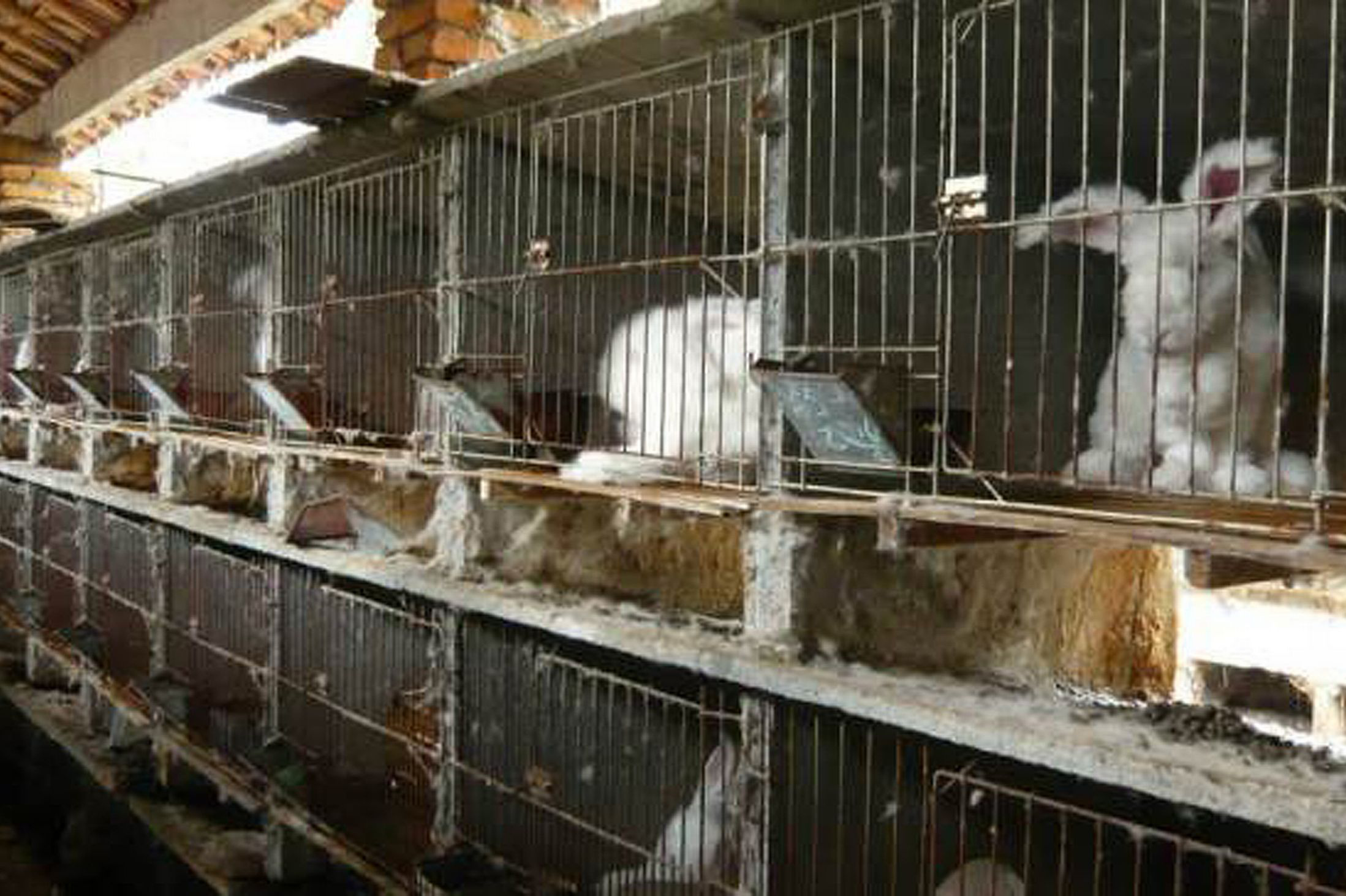
The earliest recorded case of breeding for fur in North America was in the 1860s describing a mink farm. Other sources of fur for clothing came from livestock on farms from sheep, rabbits, and goats. The fur trade has played an interesting role in the early American economy with many people making a living from the trapping of beavers and the selling of their pelts.
As globalization took hold the hunting of animals for fur yields to the more intensive breeding for fur on factory farms. The farms are designed to yield the most amount of fur in the shortest amount of time at the expense of the animals well-being. The most common animals subjected to this cruelty include:
- Mink
- Fox
- Chinchilla
- Rabbits
- Domesticated Dogs and Cats
Fur farming contributes to 85% of the fur industry’s products. Although demand rises and falls at various times fur remains a status symbol and is in consistent demand around the globe, regardless of cruel living conditions and slaughter of the animals.
Living Conditions
The animals on the fur farm are forced into small cages, so small that the animal can only take a few steps back and forth, resulting in aggression and obesity for the animals. Not being able to act out their natural need to hunt and move around freely creates great agitation. Many cases have shown the frustrated animals attack their cellmates, sometimes even cannibalization. Some creatures even attack themselves biting at their own skin and wounding themselves terribly.
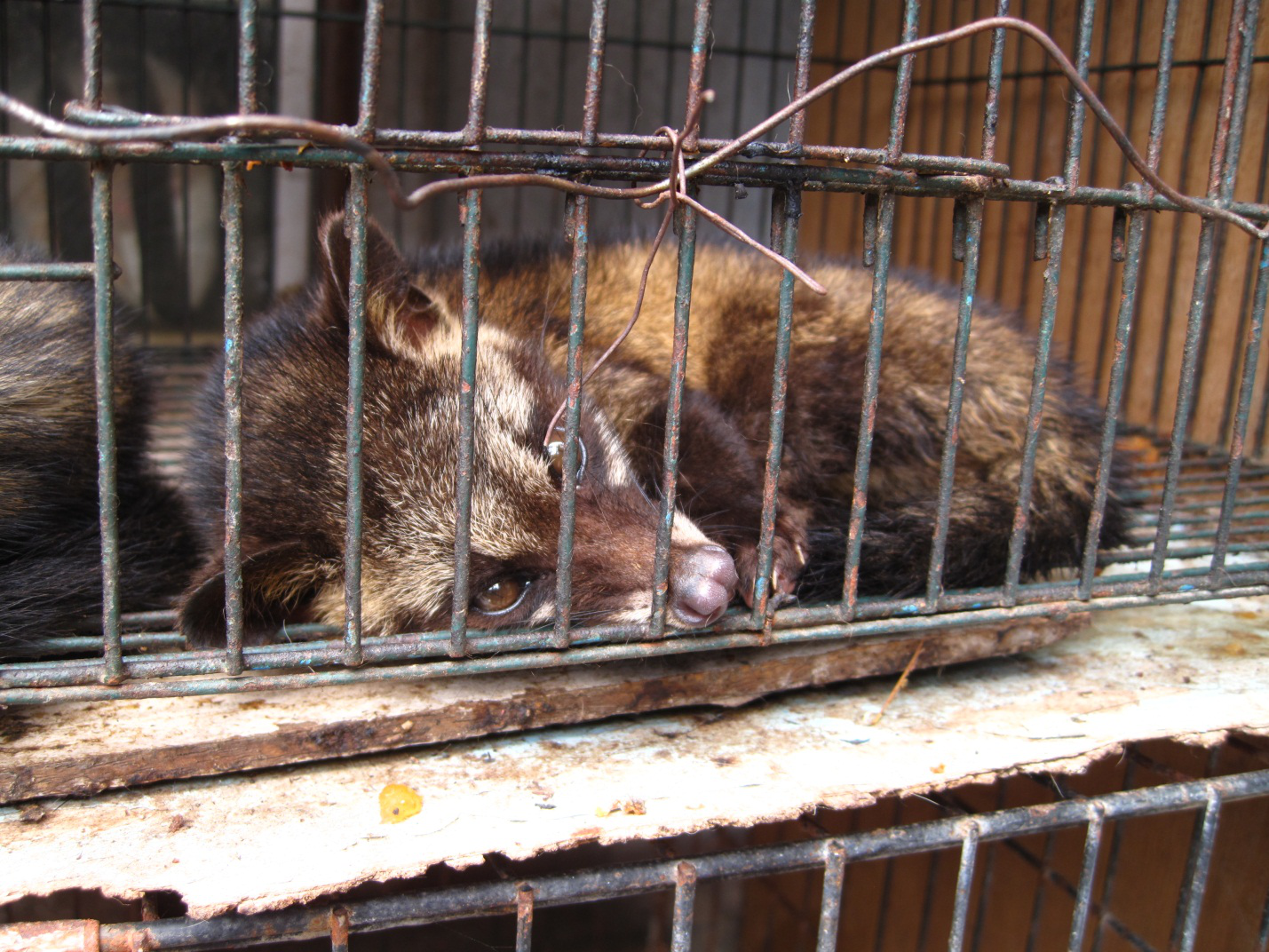
These cages are often crammed one on top of another in dark and dirty buildings not exposed to natural light, or left out in the open air for the animals to be subjected to extreme weather without shelter. They are fed meat byproducts containing ingredients that may not be suitable for their natural diet and given very little water through a drip bottle.
Diet and Selective Breeding
Strict diet plans and selective breeding allow farmers to weed out ‘undesirable’ mutations in the fur. These methods can include hormones and other chemicals in the food to make a more profitable fur and breeding certain species for various colors, one more common one being black mink. Breeding out natural aspects of the animals has resulted in many animals being born with disorders otherwise not found in nature.
The excrement of the animals often builds up and creates a disease ridden atmosphere, the ammonia in their urine becoming so concentrated that it burns the eyes. Farmers have tried more open air farms in the past only to have similar problems with disease and build up of excrement, not to mention aggression and cannibalism.
Slaughter Techniques
The lives of these confined animals all leads up the inevitable cashing in on their lives, that is if they aren’t discarded as ‘trash animals’. They fight and survive the harsh environment only to be sent to be slaughtered. Compared to cattle and pig farms where the animals are simply killed with a slit throat or bolt gun to the head, the fur farmed animals have to be killed in maniacally creative ways to protect the fur. The slaughter methods used are as follows:
- Snapped necks
- Electrocution through the mouth or anus
- Confined and poisoned
- Decompression chambers
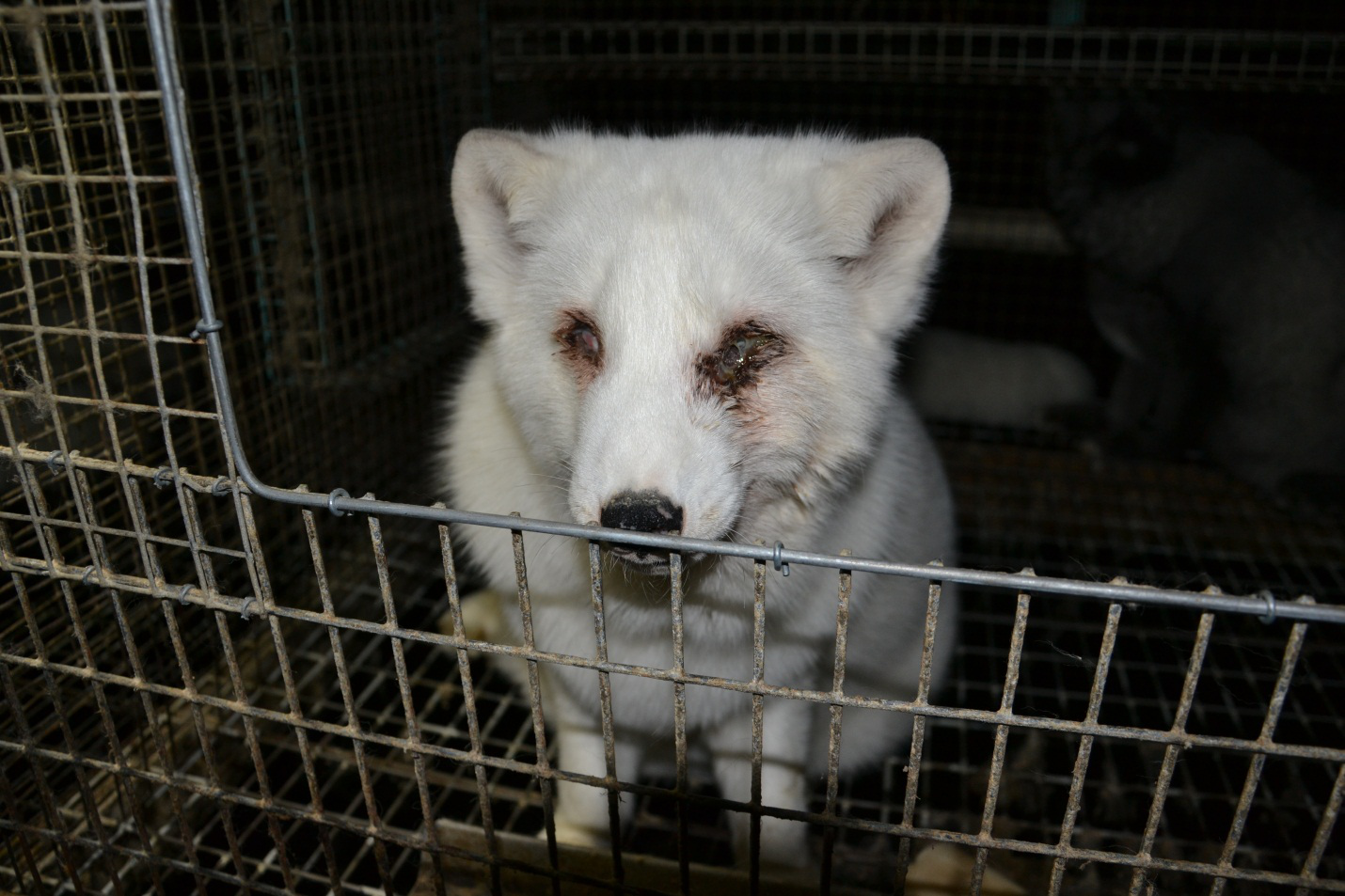
Soon after, the animals are skinned. It has been recorded that many animals appear awake or seem to be conscious even after electrocution or poisoning, essentially being skinned alive.
Many countries have banned fur farms, including Germany, The United Kingdom, Croatia, and Norway. Other countries have strict laws for the farming of fur that may or may not be enforced. Although the United States has many animal protection laws, many of them do not extend to the fur trade or are not enforced.
Trapping and Hunting
While fur farms contribute the majority of product to the fur industry trapping and hunting fill in the blanks. Some organizations claim that trapping and hunting assists in maintaining over population and spread of disease, but animal rights activists beg to differ. There are many ways to trap and capture various species of animals, most commonly included are:
- Leg Hold Traps (Steel jaws that clamp when triggered)
- Drowning sets (Used to trap and drown semi aquatic animals such as beavers or mink)
- Conibear Traps (Indiscriminate vertical trap intended to snap the necks of captured animals)
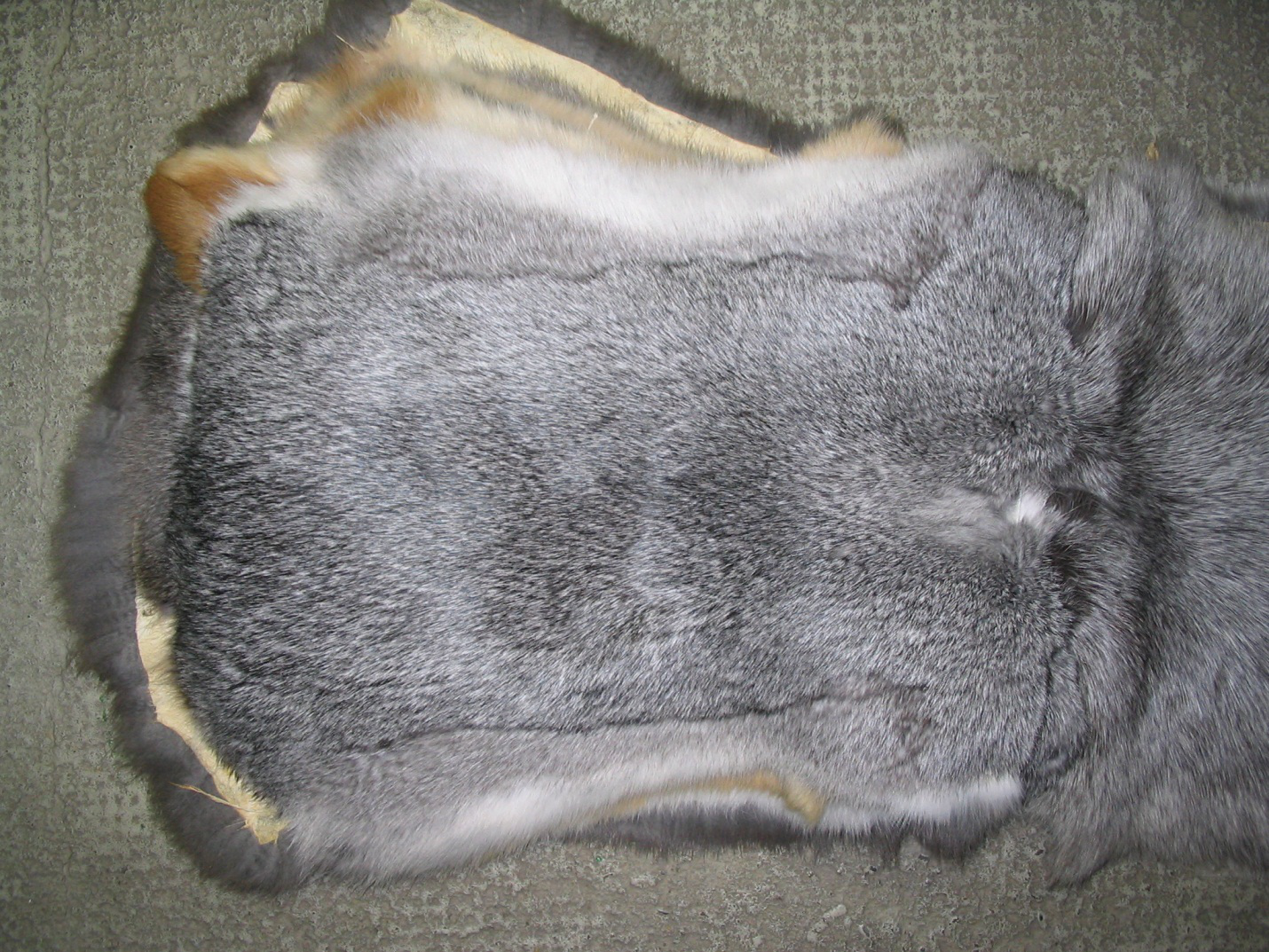
These traps often leave the victims trapped for days on end, only to die of starvation or infection. Some cases have shown that animals will harm themselves trying to escape, biting at steel traps or their own bodies. Many undesired animals become trapped in these devices and are simply discarded. Although these traps are illegal in many states like California, Washington and Florida among others have banned leg hold traps, they remain legal throughout much of the world.
Canada’s Annual Seal Hunt
Seals hold a distinct and unprecedented place among the brutality set upon animals hunted and killed in the fur trade, most notably in Canada. Every year as harp seals migrate from Greenland to Canada they meet a violent end to their beautiful journey at the hand of the Canadian government. Tens of thousands of baby seals are bludgeoned or shot to death every year.
This government sanctioned hunt is allegedly in the name of population control, stating that the seals deplete the cod population, but it seems more likely that this massacre is enacted more so for profit as the baby seals are skinned for fur clothing or their natural oils used in Omega-3 supplements.
This tradition has lasted over 100 years and still continues today, although many activists and celebrities have spoken out against the violence in recent years.
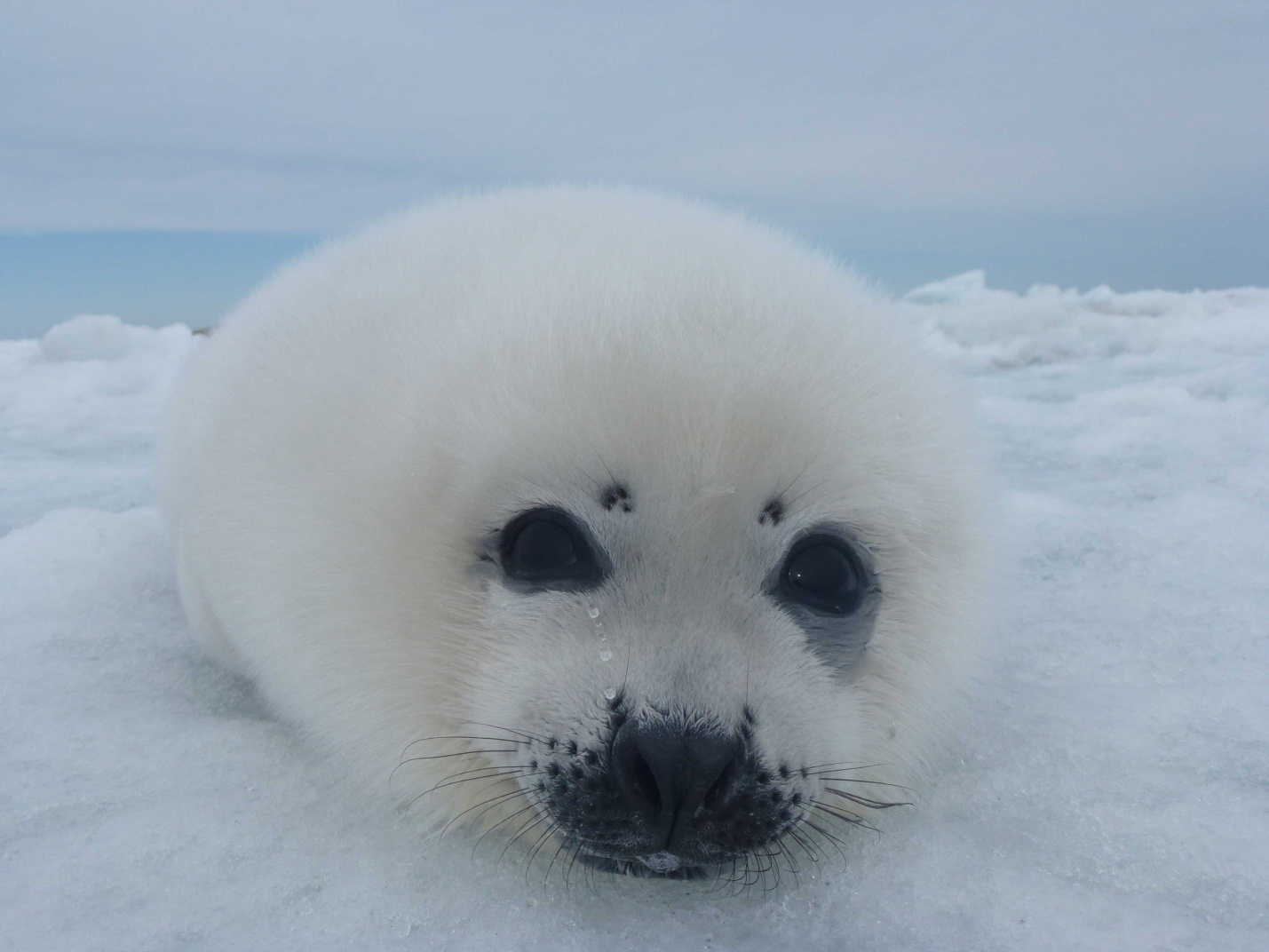
Fashion Industry
So where is all this fur going? Along with blankets and home décor the industry that capitalizes on this trade the most is the fashion industry. Although fur was worn out of necessity over 170,000 years ago in the 11th century in Europe fur became known as a symbol of high luxury and the wealthy. European royalty often wore fur capes and coats made from chinchilla and mink, in fact in the 1300s there were laws against certain classes of people wearing certain types of fur. By the Victorian era the demand rose for fur and fur farms were introduced. In the 1950s fur became more affordable and more available to all classes. The fur fashion trends come and go with various peaks but never quite sees its end, yet is built on death itself.
Today the fur fashion industry thrives, chinchilla coats can be sold for tens of thousands of dollars. Even with many fashion designers and retailers denouncing the use of fur there is still high demand and dozens of popular name brands that contribute to this heartless industry.
United States fur sales were 1.5 billion dollars in 2014, this extreme amount mainly attributed to fashion. Even with the advent of faux fur the fur fashion industry is still thriving in our modern society, the main reason being to look a particular way, or to radiate some sense of meaningless wealth. Popular culture desperately needs to eliminate the idea that humans are separate from animals and return to a humble and respectful approach to our fellow beings.
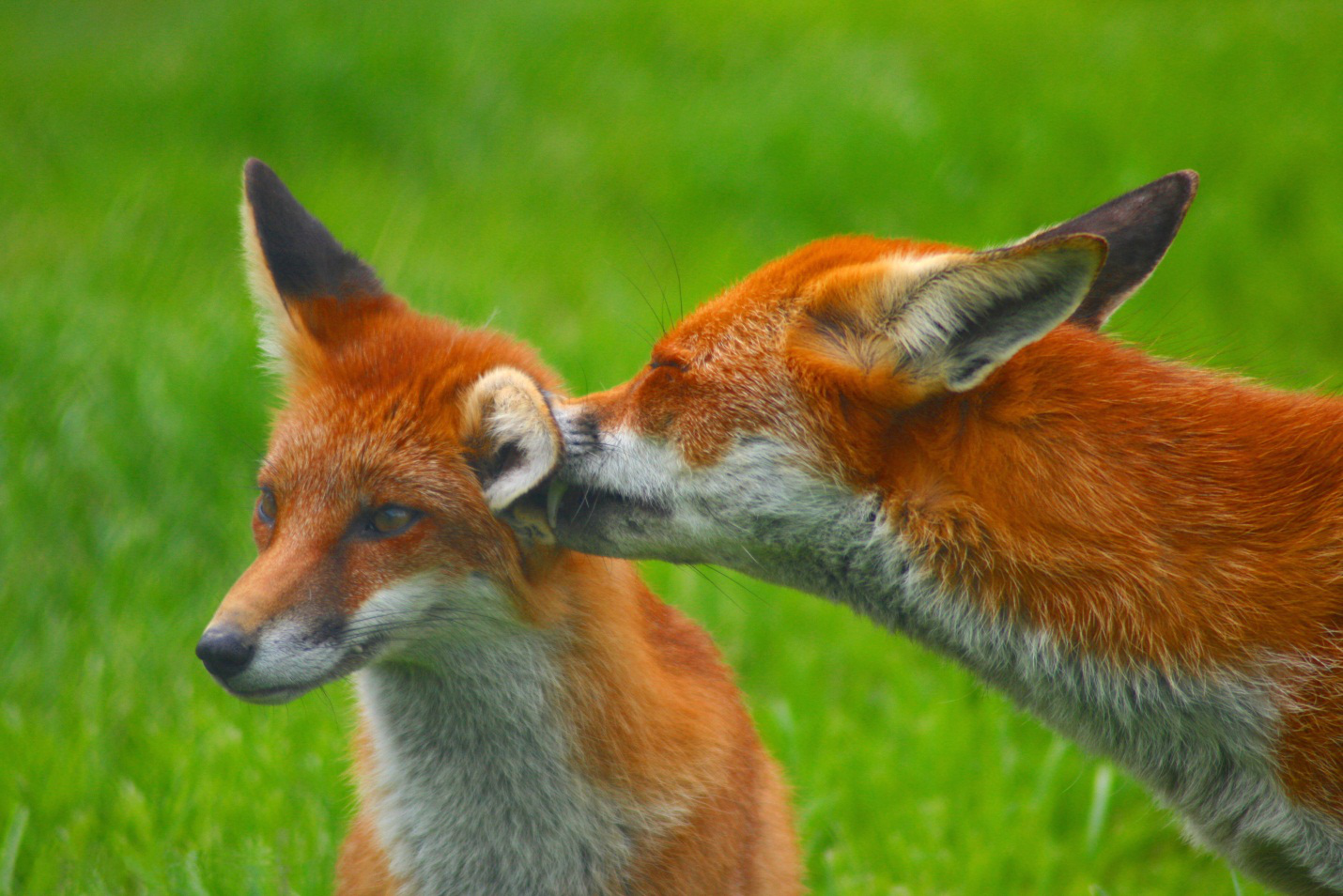
By adopting a vegan lifestyle any individual can contribute to crumbling the foundation of the industrial machine that runs loose throughout our world destroying ecosystems and torturing animals. If there is no one to consume these products then there can be no industry. Be meticulous during everyday life and take the time to research even the most seemingly mundane products you use in your day to day life.


